The Bridge of peace, Derry, Ulster, Ireland

Heavy Industry, A charcoal drawing

Charcoal Drawing
Brandenburg Gate, Berlin, Germany, 14 facts you most likely never knew.
The Brandenburg Gate is a military monument that has come to symbolize peace and unity. Here are a few facts about the iconic monument that you probably won’t know.
It’s one of the most iconic scenes of recent German history: Hundreds of thousands of people celebrating before the Brandenburg Gate as the Berlin Wall fell on November 9th 1989.
The Gate has now come to represent German unity and freedom since the end of the Cold War and divided country.
Not only is it “a symbol of the German-German divide”, but it also “stands for the reunification” of East and West Germany in 1990. Despite being heavily damaged in the Second World War, the Gate has withstood the test of time.
Today, people from all over the world link the Brandenburg Gate with freedom, tolerance and cosmopolitanism
But there is far more to the famous landmark than initially meets the eye.
Here are a few facts that you probably didn’t know about the Brandenburg Gate.
1. August 6th 1791 – that’s when the Gate was opened, after having been commissioned by Friedrich Wilhelm II. The Gate was erected not as a political symbol, but instead for a rather more simple reason – to mark the end of the boulevard Unter den Linden.
2. The Propylaeum of Athens’ Acropolis – that’s what the gate was modelled on.
3. 1806 – that’s when the Quadriga (the sculpture of the horse-drawn chariot on the top of the Gate) was stolen by Napoleon’s soldiers and taken back to France as a victory trophy. But after Napoleon was defeated, the Quadriga was returned to Berlin.
4. January 30th 1933 – that’s when the Nazis held a torchlit procession through the Gate to celebrate Hitler’s seizure of power.
5. 1945 until 1957 – that’s when the Soviet flag was flown on the top of the Gate. However, the flag was ripped down during the peaceful protests on June 17th 1953, when demonstrators protested against the political and economic conditions in the GDR.
6. June 12th 1987 – that’s when the then-US President Ronald Reagan made his rousing speech before the Gate, exclaiming, “As long as this gate is closed […] it is not the German question alone that remains open, but the question of freedom for all mankind […] Mr. Gorbachev, open this gate! Mr. Gorbachev, tear down this wall!”.
7. December 1989 – that’s when the Gate was opened as a border crossing by West German Chancellor Helmut Kohl and East German Premier Hans Modrow.
8. 2000 until 2002 – that’s when the Gate was renovated by Berlin’s Foundation for the Protection of Monuments, costing a massive 6 million Euros.
9. 4000 – that’s the number of counter-demonstrators who gathered to prevent 300 supporters of the anti-Islam group Pegida from marching from the city hall to the Gate on January 5th 2015. In addition, all the lights at the Gate were switched off.
10. 26 metres – that’s the height of the the Gate, which is made up of six Doric columns on either side, supporting a transverse beam 11 metres deep. There are five walkways through the gate.
11. 130,000 – that’s the number of people who gathered at the Gate following the attacks on an Orlando gay club last year. The Gate was lit up in rainbow colours to commemorate the 49 victims.
12. The luxury Adlon Hotel, the French and the US embassies – those are the buildings which surround the Gate, in its prime location at Pariser Platz, otherwise known as Berlin’s “gute Stube” (“best room”).
13. The Märkisches Museum in Berlin – that’s where you can see the horse’s head from the Quadriga sculpture.
14. About a million – that’s the number of people who flock to the Gate every year for its famous New Year’s Eve party, complete with music and fireworks.
The last Train home before it gets dark, Berlin’s Stadtbahn, November 2018
I have spent many years now living in the Irish countryside , so I just loved being in Berlin! the train system is just amazing, you never have to wait more than ten minutes before the next train arrives 🙂 , you can get a weekly ticket and train hop all day.
The Berlin Stadtbahn was the most fun as it sits above the city streets and offers amazing views ….
History and details
The Berlin Stadtbahn (“city railway”) is a major railway thoroughfare in the German capital Berlin, which runs through Berlin from east to west. It connects the eastern district of Friedrichshain with Charlottenburg in the west via 11 intermediate stations including Hauptbahnhof. The Berlin Stadtbahn is often also defined as the slightly longer route between Ostkreuz and Westkreuz, although this is not technically correct.
Sophie Scholl and the white rose Movement – Angles in the darkness …..
Yesterday I posted some images relating to the fantastic Jewish memorial in Berlin, I did not want to add any words to these images because I just wanted to and hoped that these images would share a feeling that I had walking and standing among the stones of this amazing public sculpture.
Today’s post is a little different, while In Berlin I came across the story of Sophie scholl and the body of Students of which she was a big part, called the “white rose“, Sophies’ story needs words, is all about words!. Words they, and she,this group used, words full of truth! yet by the simple act of using these words so many of these students including Sophie lost there lives!
If you want to try and understand what life was like under the Nazi dictatorship of the 1930’s and 1940’s, in Germany then you would be hard pushed to find any better example than the life story of Sophie scholl and the white rose movement, This was a group of German students who like many felt extremely disturbed and deeply saddened by the events they found happening around them and they simply wanted to express this feeling.
For the act of using their minds and voices to express what was a natural reaction, they lost their own lives. Sophie Scholl is one of the most famous of these student she was executed on 22 February 1943 (aged 21). She is just one individual among millions who lost their lives during the horrors, but I feel her story adds pure clarity to the events that she could not and would not tolerate unfolding around her!
How many of us today would be so brave?
“Who among us has any conception of the dimensions of shame that will befall us and our children when one day the veil has fallen from our eyes and the most horrible crimes – crimes that infinity outdistance every human measure – reach the light of day”
Sophie scholl
It is an absolute tragedy and as Sophie herself said inhuman CRIME that someone who could and should have spent a lifetime adding to the world around herself, contributing to man kind! was killed by men who only held bitterness and discrimination of all kinds in their hearts.
I feel that by knowing more about human people like Sophie scholl, I understand the history of the Nazi’s much better, these men and women who formed their ranks embodied the very heart and soul of evil and bitterness, heartless discrimination of all kinds and not just racist discrimination but ones based of what they felt was a social right to be better than other humans based on nothing!
There is no-one better than anyone else, there is no position based on wealth, location of birth or physical standing that puts anyone higher in life than anyone else !! PERIOD!
I would like to declare myself a member of the “white rose” ! as I know if I lived Back then at 21 I would have wanted to join!
Sophie Scholl – an ANGLE in the darkness !!
Quotes from Sophie Scholl the white rose
Memorial to the Murdered Jews of Europe, Images without words …….
The legend of the Miller of Sanssouci, The WindMill of Sanssouci, November 2018
The windmill at Sanssouci, Potsdam is simply one of the best restored windmills in Germany, Potsdam was the home of the Prussian royal family and as such this windmill like many of the buildings located in and around the city are nothing other than the best of examples in German, even the world, architecture.
History of the Wind Mill
In 1736 the soldier king, Frederick William I of Prussia, gave permission for the construction of a windmill, which was started in 1737. This first windmill, completed in 1738, was a post mill, whose entire superstructure, supported on a wooden post, was turned “into the wind” depending on the wind direction. The first mill and actual Historic Mill was thus older than the nearby summer palace, built in the years 1745 to 1747 for Frederick the Great.
The legend of the Miller of Sanssouci
The legend of the Miller of Sanssouci first appeared in 1787 in a French book about the life of Frederick the Great (Vie de Frédéric II by an anonymous author) and in a watered-down form one year later in Germany.
The legend goes that Frederick the Great was being disturbed by the clatter of the mill sails and offered to buy the mill from its miller, Johann William Grävenitz. When he refused, the king is supposed to have threatened: “Does he not know that I can take the mill away from him by virtue of my royal power without paying one groschen for it?” Whereupon the miller is supposed to have replied: “Of course, your majesty, your majesty could easily do that, if – begging your pardon – it were not for the Supreme Court in Berlin.”
The mill in June 2009
This is only a legend. According to Frederick the Great the mill underscored the rural character of his summer palace and said “that, … the mill is an ornament for the palace.” The miller was reportedly a difficult man, who cheated the local farmers over their flour and constantly pestered the king with petitions. At least one of these petitions was heard by Frederick II. Grävenitz pointed to the fact that, as a result of the construction of the palace, the post mill no longer stood in the open, but was partly shielded from the wind. So he demanded that the king let him build the mill in another site and to pay him for it. Frederick II acceded to this, with the result that, shortly thereafter, the wily Grävenitz was the proud possessor of two mills thanks to the king’s grace, until he eventually resold the old mill.
View from the Erlöser Church
In 1768 there was a legal dispute at another location over water rights and the remaining lease between Christian Arnold, the tenant of a mill in Pommerzig in the Neumark, and his landlord, the Count of Schmettau. After the miller was found guilty on two accounts, he appealed to Frederick the Great, who intervened in the ongoing proceedings in favour of the miller. Wrongly, as it turned out later. The king referred the case to the Berlin Court of Appeal, who once again ruled against the miller. Frederick the Great, then demanded a condemnation of the judges and their imprisonment in Spandau Citadel for their unjust judgments and thus precipitated an abuse of his name.
This legal battle and the story of the Sanssouci miller were woven together in the legend and were intended to emphasize the king’s justice towards all his subjects. After the death of Frederick the Great, the case was reopened. His nephew and successor, Frederick William II decided in a compromise that “… the Miller Arnold case … should be viewed as the consequence of a mistake, whereby the praiseworthy judicial zeal of our royal uncle, who rests in God, was misled by incomplete, inadequate reporting of the true situation by badly informed and preoccupied [biased] people.”
In the years that followed there continued to be disputes between the reigning kings and the millers for different reasons.
Post cards from Berlin , Sunrise over the Chancellery, November 2018
The Federal Chancellery (German: Bundeskanzleramt) in Berlin is the official seat and residence of the Chancellor of Germany as well as their executive office, the German Chancellery. As part of the move of the German Federal Government from Bonn to Berlin, the office moved into the new building planned by the architects Axel Schultes [de] and Charlotte Frank. The building is part of the ″Federal Belt″ (Band des Bundes [de]) called assembly in the Spreebogen [de], Willy-Brandt-Straße 1, 10557 Berlin. more……
Reflections of the past , Berlin’s Memorial to the Sinti and Roma Victims of The Nazi’s
One of the most moving things about a visit to Berlin is just how many public locations have been dedicated to the unavoidable history of Germany. Memorials to the victims of the first and second world wars along with the cold war are located all around the city and they are free to visit and open to all.
Germany is not hiding from its past or running away from it, they welcome both inquiry and then knowledge!
It is a true credit to newer generations that they have made sure that so many victims of what was only a selective group of German people, are remembered into the future in this way.
The Memorial to the Sinti and Roma Victims is located just across the road from the Reichstag building, the German government buildings. It is peaceful place erected in 2012. When you enter the garden you are greeted by musical tones playing from the trees around you, this experience allows you time to stop and remember so many souls that were removed from life , rejected as people not wanted, not perfect and killed for just being from a different social background,location or belief.
The establishment of a permanent memorial to Sinti and Roma victims of the Nazi regime was a long-standing demand of the Central Council of German Sinti and Roma and the German Sinti Alliance. In 1992 the Federal Government agreed to build a monument but the memorial faced years of delay and disputes over its design and location.
The city of Berlin initially wanted to place it in the less prominent district of Marzahn, where hundreds of Roma and Sinti were held in terrible conditions from 1936. In 2001 it was agreed to site it in the Tiergarten close to other Holocaust memorials but work did not officially commence until 19 December 2008, the commemoration day for victims of the Porajmos. The memorial was completed at a cost of 2.8 million euros and unveiled by Angela Merkel on 24 October 2012.
30 years since the fall of the Berlin wall, from a city divided to the city of freedom
Berlin From the divided to the city of freedom
When you visit Berlin you simply cannot escape from German and European history and the History of the Berlin wall is still a part of Berlin just as much as so any of the events that go into shaping this great European city.
This November 2019, the Berlin Wall is celebrating the 30th anniversary of its fall. On the occasion a large number of events took place in Berlin dealing with topics such as reunification, the construction of the Berlin Wall, the division of the world during the Cold War, the overcoming of the Wall by the Peaceful Revolution of 1989.
I travelled to Berlin last week and spend a week in the city during many of these events.
These are just some of the pictures I took that show the Berlin wall today as it is conserved for the many generations in Berlin and the world to visit in the future.
Events dealing with the history of division, the struggle for freedom and the process of reunification took place not only in the run-up to and around November but from the start of 2018.
November in Berlin, Potsdamer Platz
I have just returned from a weeks visit in Berlin in Germany, What a wonderful city full of life and history. It will take me a while to readjust to life back at home and to go through all the photos I took but I am in love with Germany and Berlin. The culture here is amazing and the history just fascinating, I fell that the entire experience was a study of European history from art to politics.
These two pictures were taken the very first night and show the business area of Potadamer Platz, around rush hour time.
There is a one hours difference between Berlin and Kilkenny and it was already getting dark around 4:30pm
The Castle Inside and out, Rathfarnham Castle – south county Dublin
Rathfarnham Castle is located in south county Dublin. It was built in 1585 by Adam Loftus, Archbishop of Armagh. This is one of the finest examples of what is described as a ‘fortified manor house’ in Ireland. It’s 4 flanker towers, instead of being square are angular (angle bastions). This site is steeped in history and had previously been the site of an Iron Age fort.
The interior of the castle was redesigned in the 18th century by two of the greatest architects of the time, William Chambers and James Stewart. Chambers designed Buckingham Palace, Kew Gardens, St James’s Palace, Trinity University, and Casino Marino and James ‘Athenian’ Stuart is best known for his pioneering role in Neoclassicism in the mid 1700’s.
Rathfarnham Castle was for a long time used as a private house and ended up being a Jesuit College before it was taken under the care of the Office of Public Works. It is now open to the public.
St David’s Cathedral, St Davids, Pembrokeshire,Wales : The light from a Golden Dawn
Images from Outside and Inside of St Davids Cathedral, St Davids, Pembrokeshire, Wales.
The Light from a Golden Dawn ……..
Christ of Saint John of the Cross, by Salvador Dalí 1951, Kelvingrove Art Gallery and Museum, Glasgow

Christ of Saint John of the Cross
Salvador Dalí made in 1951
Kelvingrove Art Gallery and Museum, Glasgow
At the start of May this year (2017) I visited the Kelvingrove Art Gallery and Museum in Glasgowm, there are many great works of art there, including a full collection of works by the Glasgow boys group of artists, I will share some of their paintings very soon.
One of the most famous works of art in the Gallery is “Christ of Saint John of the Cross, by Salvador Dalí painted in 1951”, the painting has its own viewing room with subdued lighting and a set of seats, so you can spend sometime viewing this amazing work of art by Dali. It was while in this room that I captured the above image of the painting.
There is something deep and spiritually moving about this painting even if your not a believer in its subject matter.
Here are some details :
Christ of Saint John of the Cross is a painting by Salvador Dalí made in 1951. It depicts Jesus Christ on the cross in a darkened sky floating over a body of water complete with a boat and fishermen. Although it is a depiction of the crucifixion, it is devoid of nails, blood, and a crown of thorns, because, according to Dalí, he was convinced by a dream that these features would mar his depiction of Christ. Also in a dream, the importance of depicting Christ in the extreme angle evident in the painting was revealed to him.
The painting is known as the Christ of Saint John of the Cross, because its design is based on a drawing by the 16th-century Spanish friar John of the Cross. The composition of Christ is also based on a triangle and circle (the triangle is formed by Christ’s arms; the circle is formed by Christ’s head). The triangle, since it has three sides, can be seen as a reference to the Trinity, and the circle may be an allusion to Platonic thought. The circle represents Unity: all things do exist in the “three” but in the four, merry they be.
Inspiration
On the bottom of his studies for the painting, Dalí explained its inspiration: “In the first place, in 1950, I had a ‘cosmic dream’ in which I saw this image in colour and which in my dream represented the ‘nucleus of the atom.’ This nucleus later took on a metaphysical sense; I considered it ‘the very unity of the universe,’ the Christ!”
In order to create the figure of Christ, Dalí had Hollywood stuntman Russell Saunders suspended from an overhead gantry, so he could see how the body would appear from the desired angle [3] and also envisage the pull of gravity on the human body. The depicted body of water is the bay of Port Lligat, Dalí’s residence at the time of the painting.
History
The painting and intellectual property rights were acquired for Glasgow Corporation in the early 1950s by Tom Honeyman, then the Director of Glasgow Museums. Honeyman bought the painting for £8,200, a price considered high at the time although it was less than the £12,000 catalogue price, and included the copyright, which has earned Glasgow Museums back the original cost many times over.
The purchase was controversial and a petition against it, arguing that the money should be spent on exhibition space for local artists, was presented to the City Council by students at Glasgow School of Art.[6] The controversy caused Honeyman and Dalí to become friends, corresponding with each other for many years after the original acquisition.
The painting first went on display at the city’s Kelvingrove Art Gallery and Museum on 23 June 1952. In 1961 a visitor attacked the painting with a stone and tore the canvas with his hands. It was successfully restored over several months by conservators at Kelvingrove and returned to public display. In 1993, the painting was moved to the city’s St Mungo Museum of Religious Life and Art, but returned to Kelvingrove for its reopening in July 2006. It won a poll to decide Scotland’s favourite painting in 2006, with 29% of the vote.
It is said that the Spanish government offered £80 million ($127 million USD) for the painting.
Critical reception
This painting has continued to generate controversy. At the time of its purchase by Honeyman, the verdict by Modern Art critics was that producing such a traditional painting was a stunt by an artist already famous for his surrealist art. In 2009 The Guardian art critic, Jonathan Jones, described it as “kitsch and lurid,” but noted that the painting was “for better or worse, probably the most enduring vision of the crucifixion painted in the 20th century.”
In May 2013, in BBC Radio 4’s Great Lives, British poet John Cooper Clarke described this image as being utterly different from any other image of the crucifixion, as the angle of view conveys the hanging pain of this method of execution, whilst hiding the ordinarily clichéd facial expressions normally seen in such depictions.
Monday Poetry : Bicycle Beats By Christian Reid Oct 2014
Christian Reid Oct 2014
Bicycle Beats
Axels and chains and
Feet and brains
It’s the bicycle beats
And the trees and the streets
Join the lines in the sidewalk
As I ride and I talk
To myself,
“Breathe in,” &
“Breathe out,” —
Burning and churning to the
Grooves and the cracks
Red light’s the only chance to relax
Racing the bus and flashing a grin
To the sorry folks trapping themselves therein
Ecstasy building with each revolution
Wiping my sweat away, tasting pollution
Grinding and winding a path on my bike
Where cars and pedestrians hate me alike
York Minster , Inside out …..
The Cathedral and Metropolitical Church of Saint Peter in York, commonly known as York Minster, is the cathedral of York, England, and is one of the largest of its kind in Northern Europe. The minster is the seat of the Archbishop of York, the second-highest office of the Church of England, and is the mother church for the Diocese of York and the Province of York. It is run by a dean and chapter, under the Dean of York. The title “minster” is attributed to churches established in the Anglo-Saxon period as missionary teaching churches, and serves now as an honorific title. Services in the minster are sometimes regarded as on the High Church or Anglo-Catholic end of the Anglican continuum.
The minster has a very wide Decorated Gothic nave and chapter house, a Perpendicular Gothic Quire and east end and Early English North and South transepts. The nave contains the West Window, constructed in 1338, and over the Lady Chapel in the east end is the Great East Window (finished in 1408), the largest expanse of medieval stained glass in the world. In the north transept is the Five Sisters Window, each lancet being over 52 feet (16 m) high. The south transept contains a rose window, while the West Window contains a heart-shaped design colloquially known as ‘The Heart of Yorkshire’.
York Minster , Inside out …..
Skipton Waterway Festival 2017, a weekend on the Leeds and Liverpool Canal.
Held every May Bank Holiday in Yorkshire, the Skipton Waterway Festival is a 3 day canal boat event which runs every year on the 1st May day Bank holiday weekend. It is an event which is a non-profit making Festival, which solely relies on donations and sponsorship from the local community. they are also organized by volunteers from Pennine Cruisers and the local community, without these people the event would not run as smoothly as it does each year.
The 1st Skipton Waterway Festival was held in 2001 and they have gone on to grow more and more each year. The festival was originally organized by CRT (British Waterways then) and Pennine Cruisers for around 5 years, however Pennine Cruisers then took on the event, as they saw how much the local boaters and town enjoyed it. As Pennine Cruisers look forward to this event each year, it is part of their year now, as they have organized it for a long time, they say that they would be a little lost without it.
As an event they attract around 8, 000 – 10,000 visitors each year over the full 3 days. It is noticed when people/families visit the festival each and every year. They put on various entertainment, stalls from craft to charity stalls, children’s activities and an array of food/concession stalls. There is something for almost everyone.
This years Festival was great to visit with many Craft stalls and lots of Local history with the new presentation of an internet based database of all the families who worked and still work on the Leeds and Liverpool canal from the first times it was open for use.
Floating Heads Installation by Sophie Cave, Kelvingrove Art Gallery, Glasgow, Scotland.
At the start of April this year I promised myself that I would go and visit some Art Gallery’s and cultural museums one of these vists was to The Kelvingrove Art Gallery and Museum. The museum and art gallery in located in Glasgow, Scotland. It reopened in 2006 after a three-year refurbishment and since then has been one of Scotland’s most popular visitor attractions.
The gallery is located on Argyle Street, in the West End of the city, on the banks of the River Kelvin (opposite the architecturally similar Kelvin Hall, which was built in matching style in the 1920s, after the previous hall had been destroyed by fire). It is adjacent to Kelvingrove Park and is situated near the main campus of the University of Glasgow on Gilmorehill.
…
Floating Heads Installation by Sophie Cave
Just one of the many installations the Gallery has to offer is by Artist Sophie Cave …
If you Ever had that feeling that a hundred set of eyes are watching you then Sophie Cave sculptures turn the feeling into a reality!
The Floating Heads installation located in one of the open public areas in the Gallery, literally turn your head around the moment you first see this work. Sophie Cave has created over 50 sculptures of heads, each displaying different emotions including laughter and despair. The heads are completely white, but are lit so that their expressions are accentuated, which gives the installation a somewhat eerie feel. Since the installation is hung over the foyer, it is one of the first things youwill see when they enter the museum.
Its a great installation as it truly makes you stop and look at each of the heads as they slowly move around to face your direction, I relay enjoyed this work 🙂 🙂
Kelvingrove, Art Gallery, Glasgow



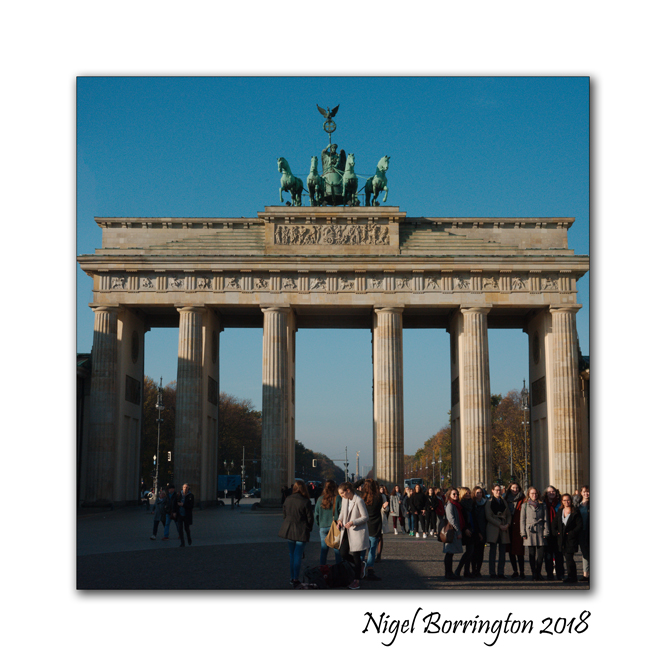

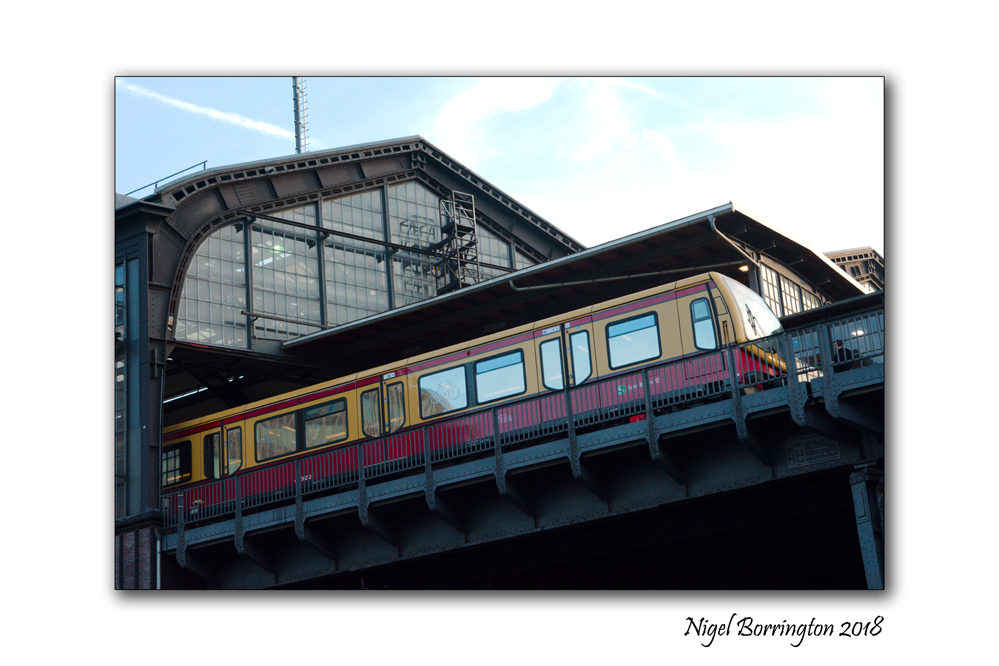

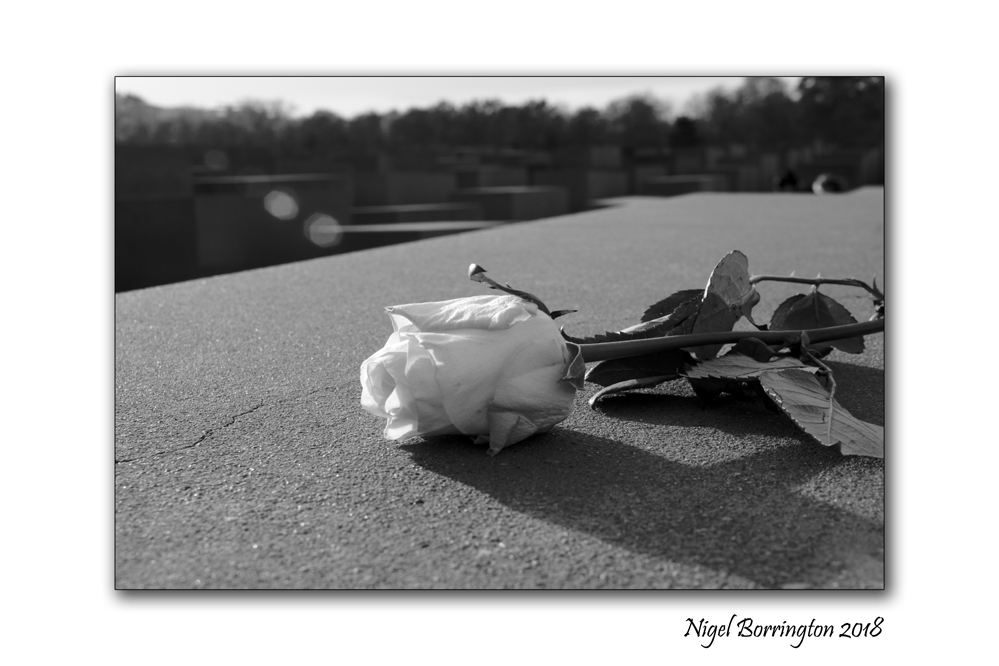


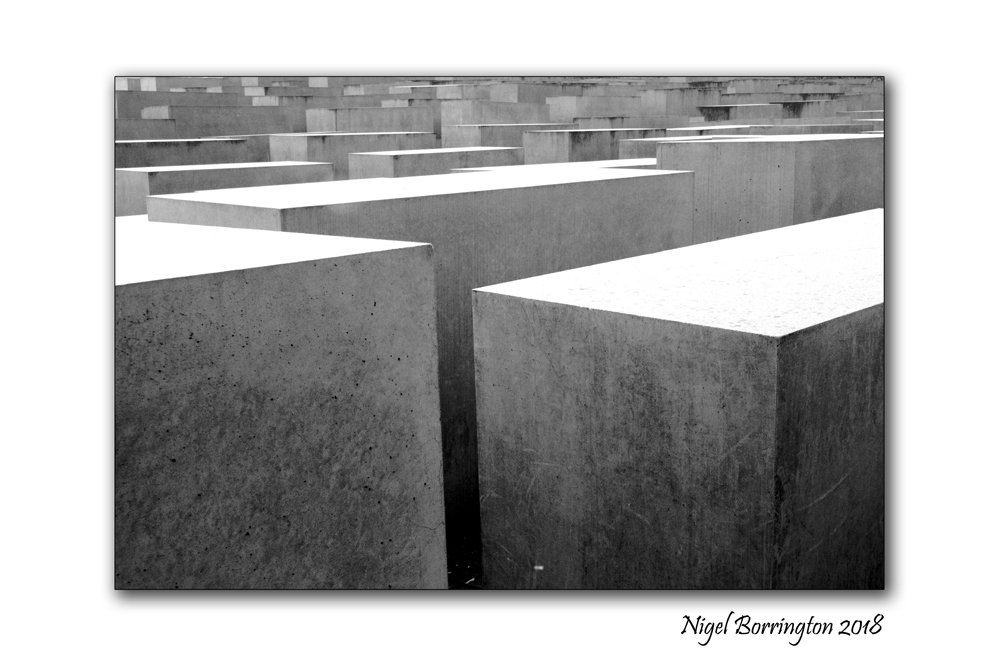








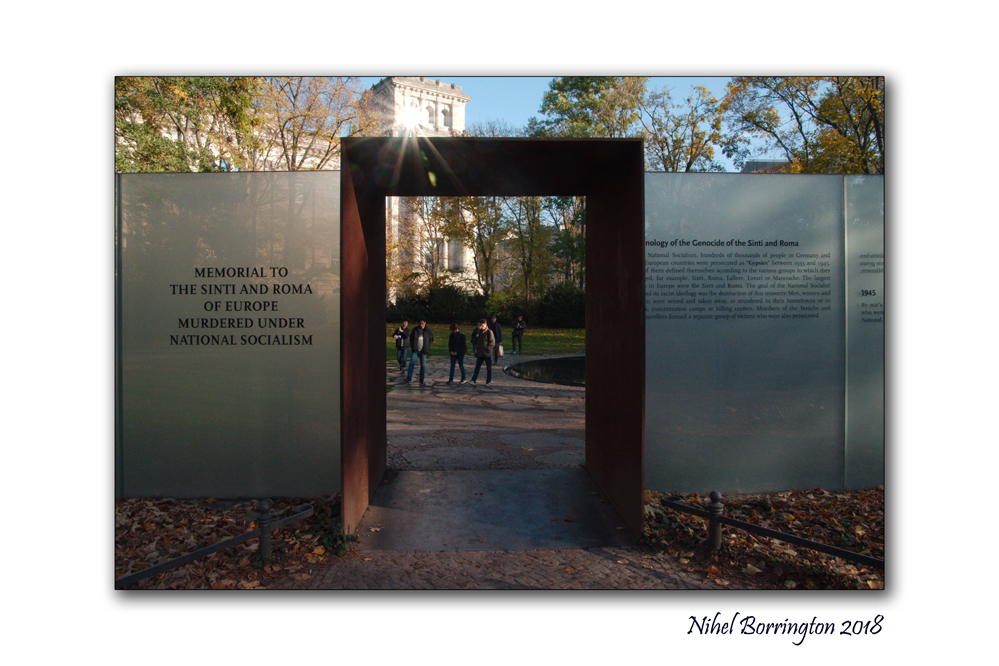













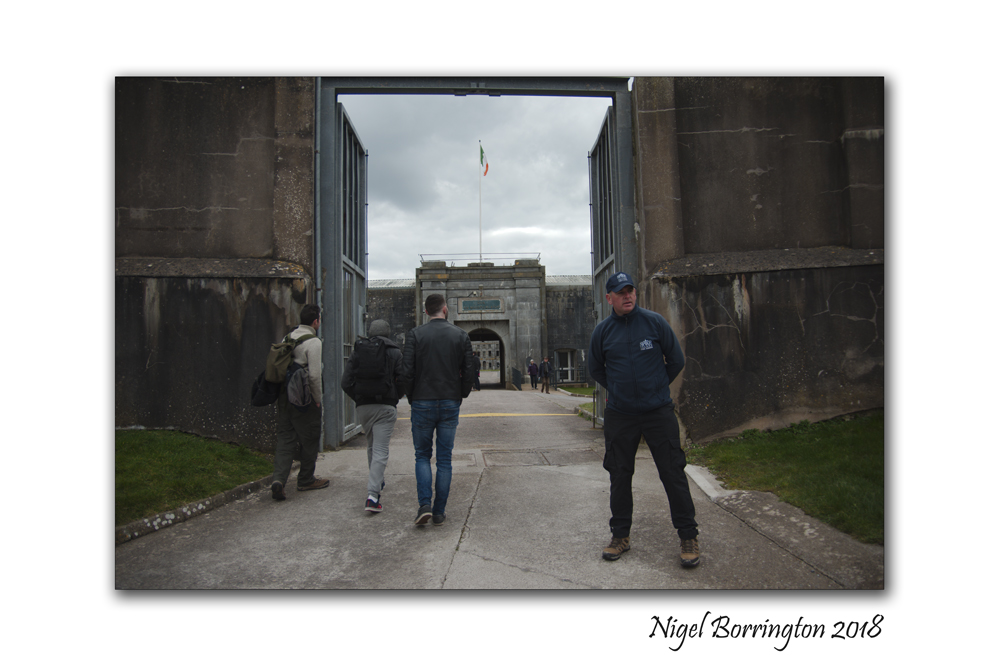


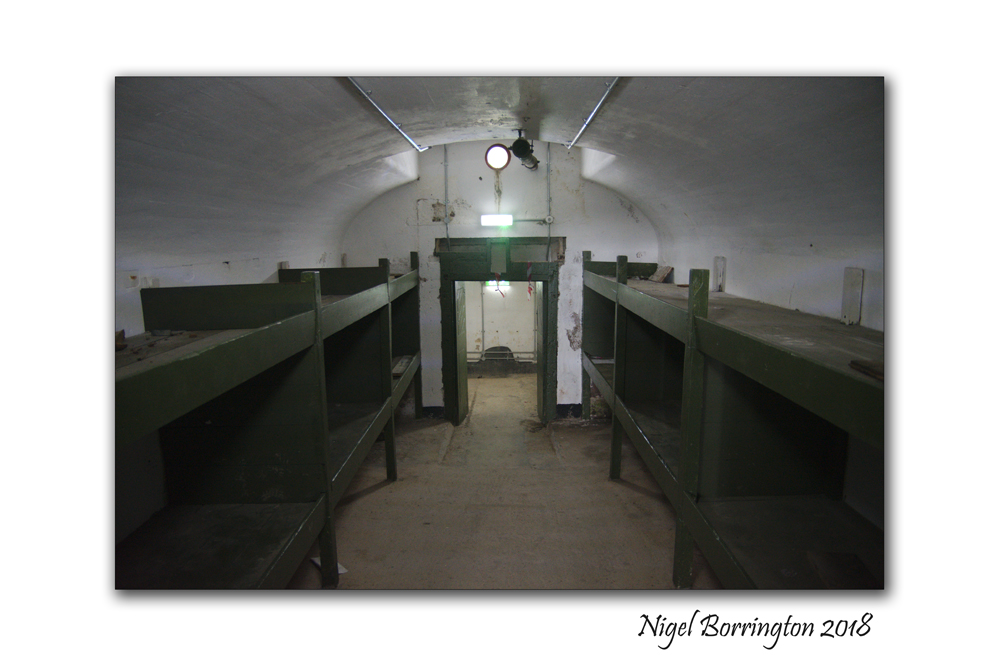
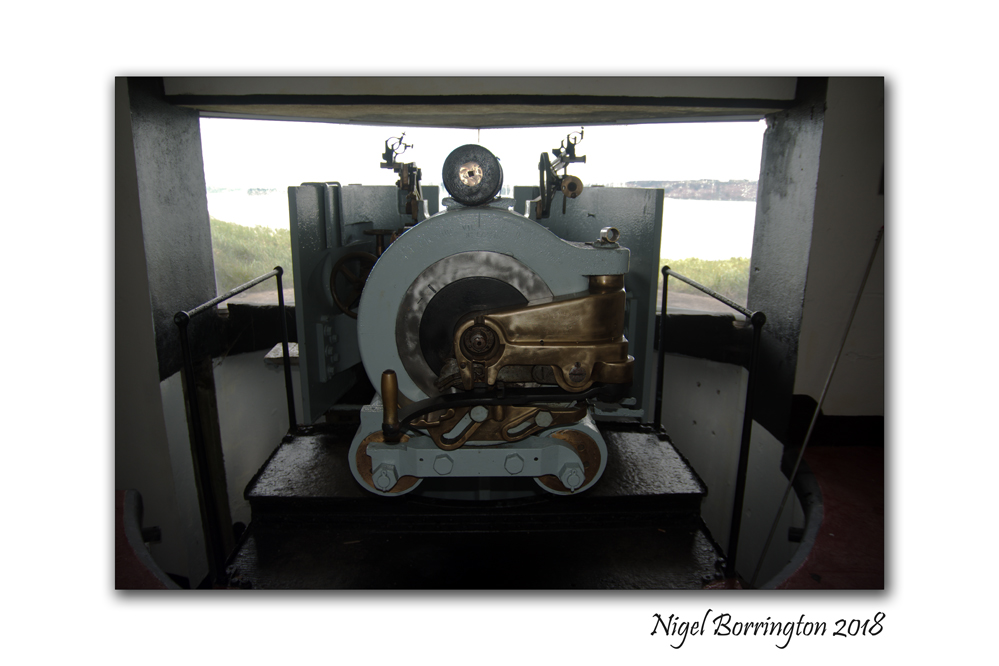

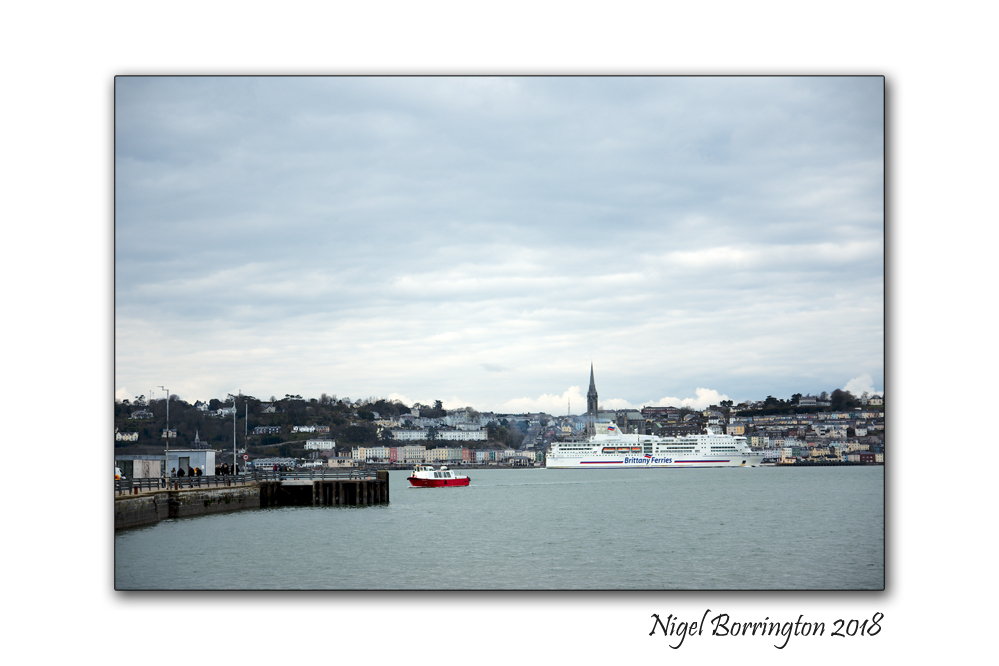


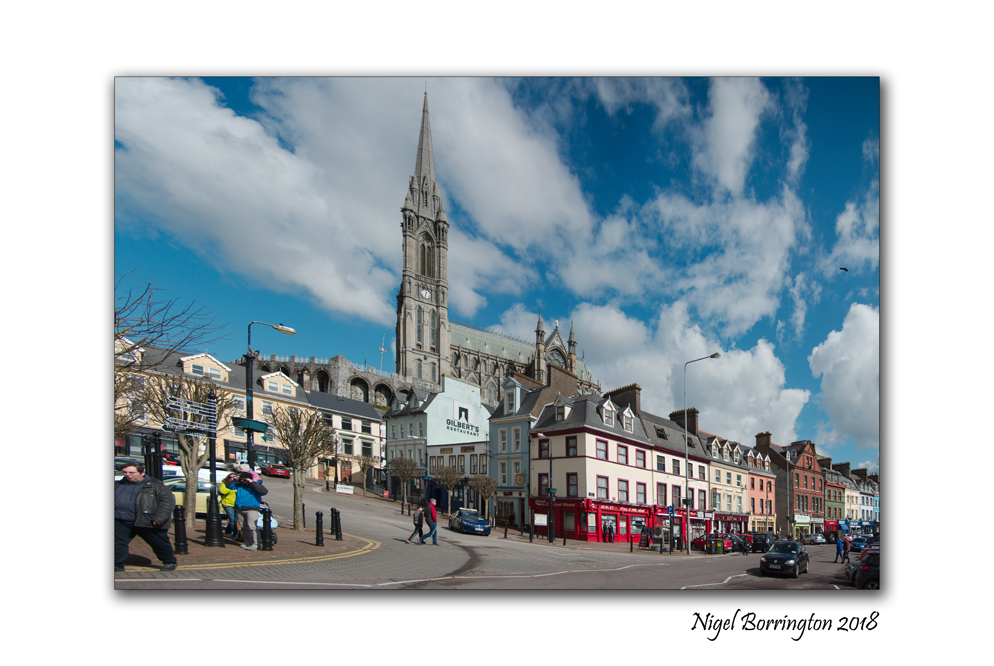

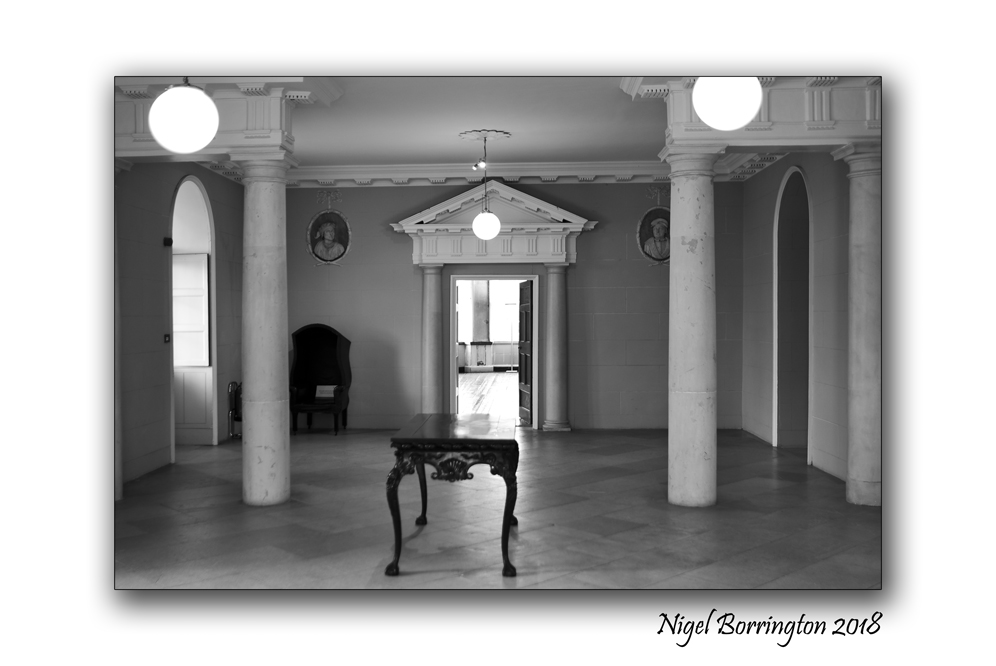





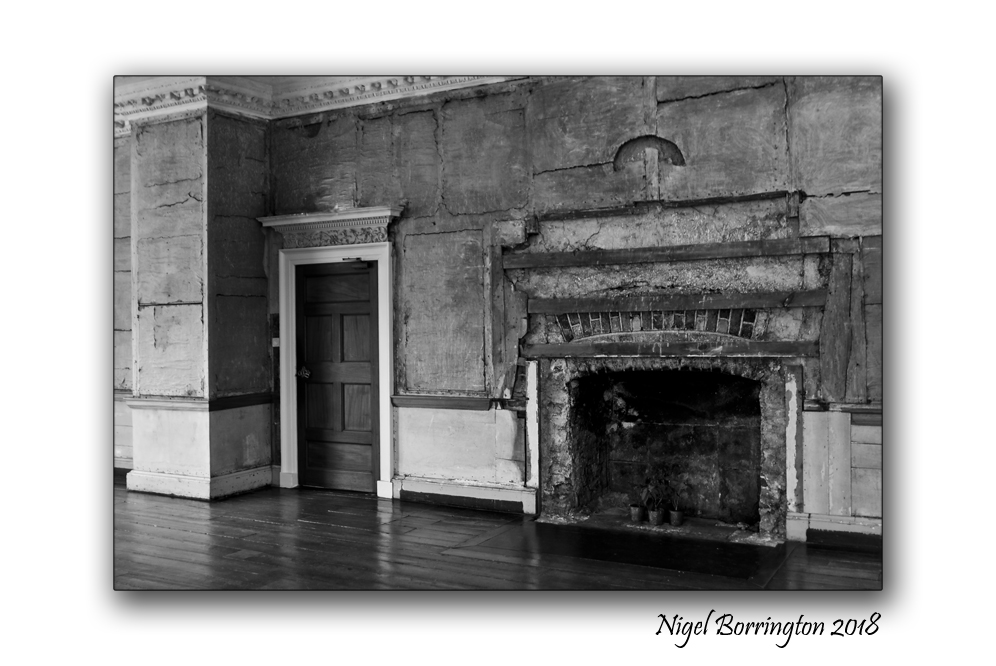


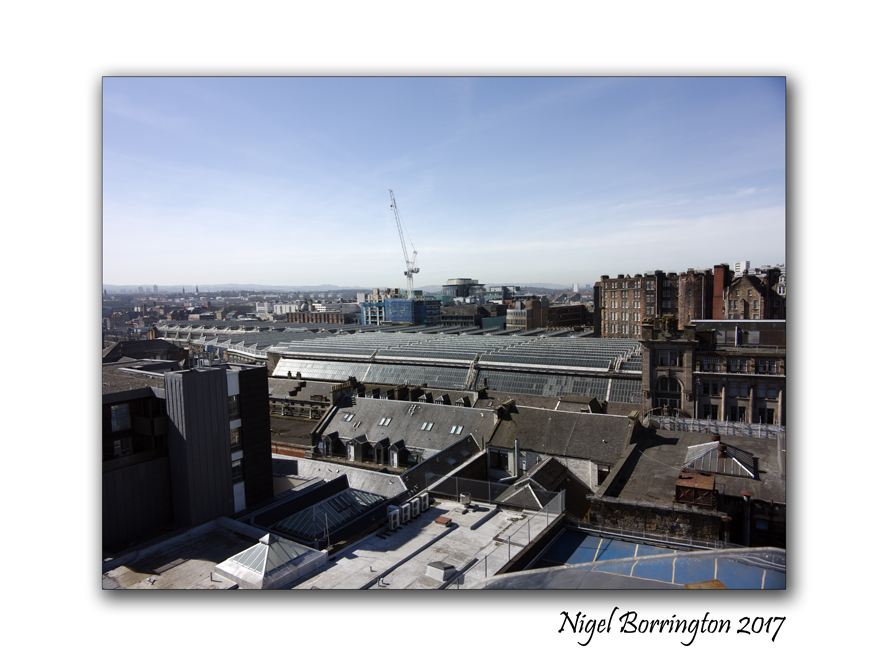
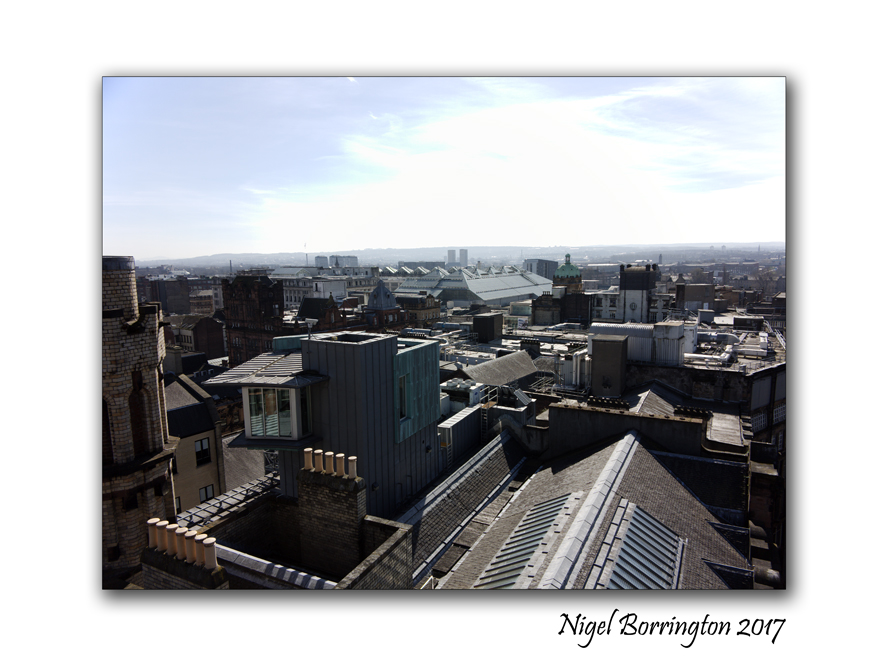
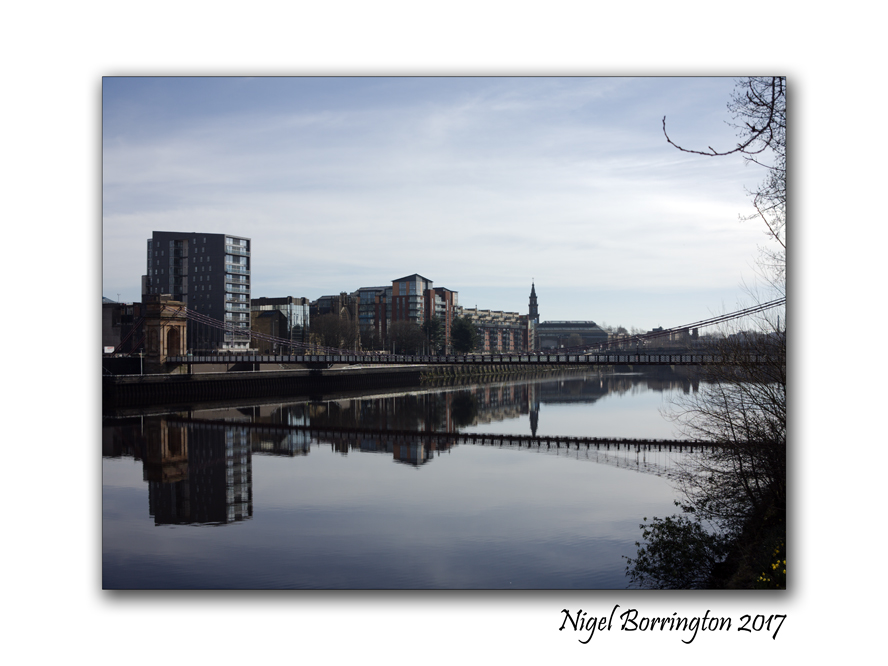
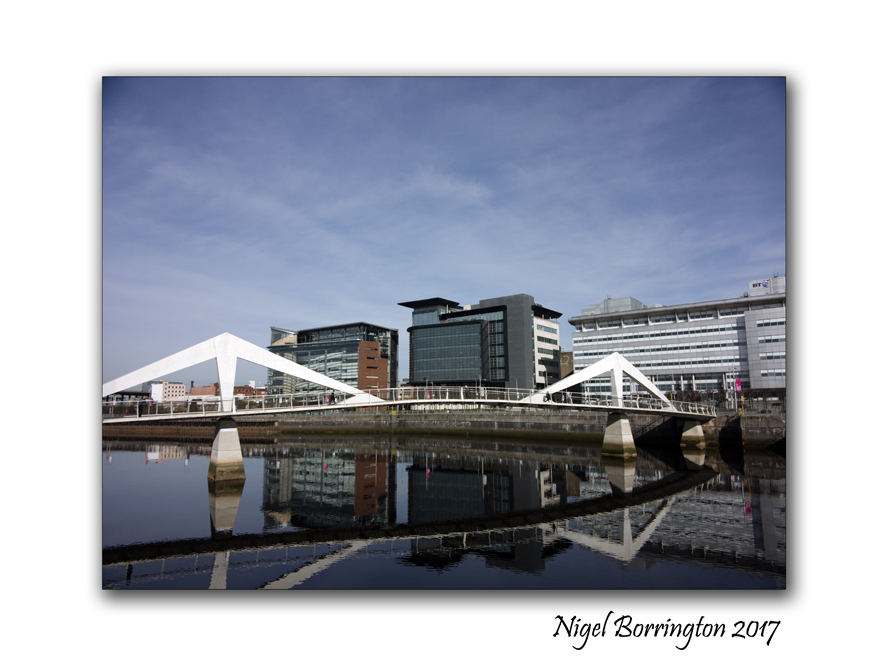








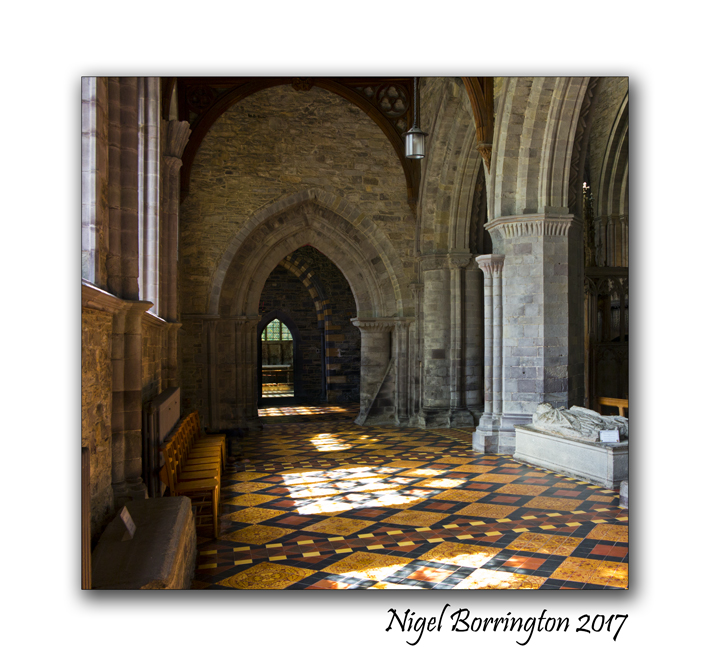



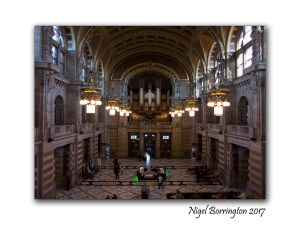
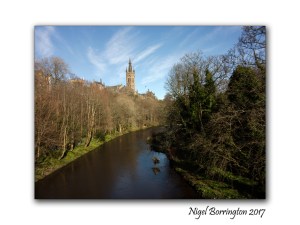

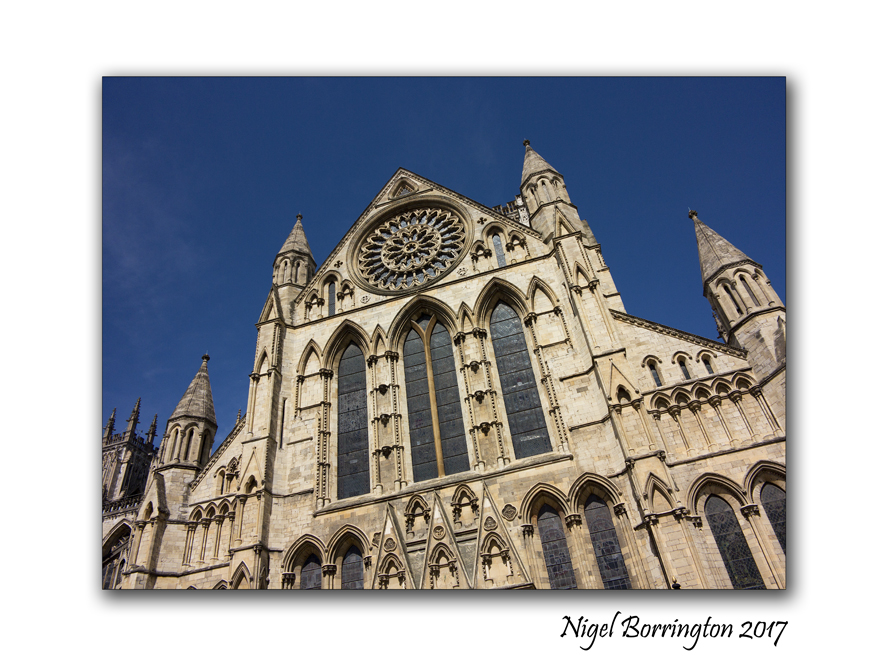
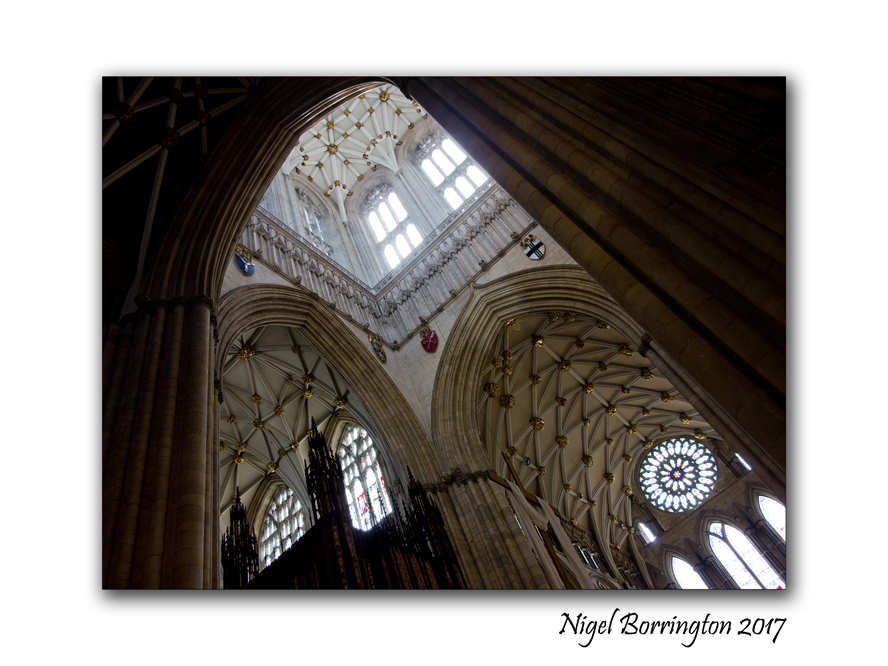



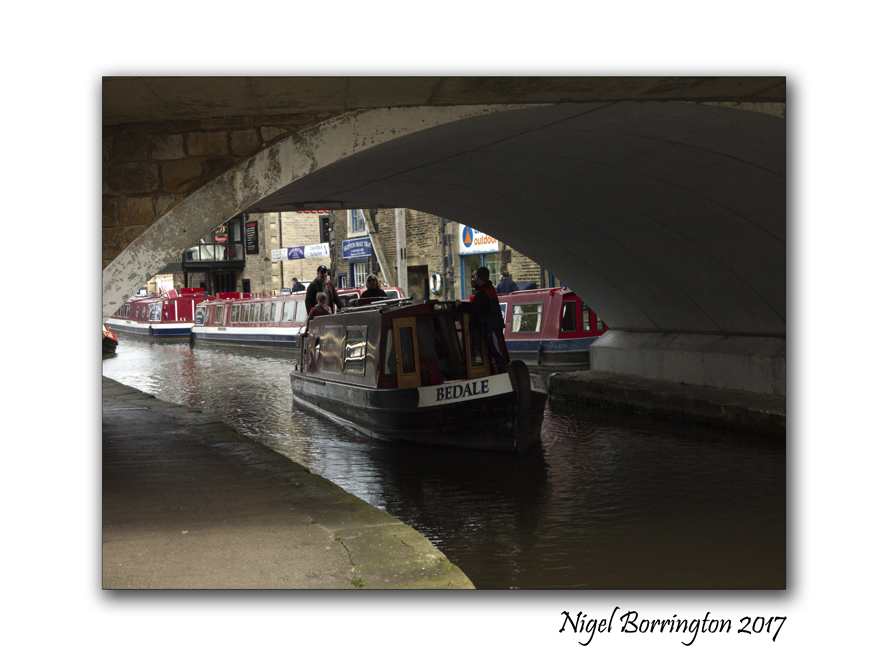



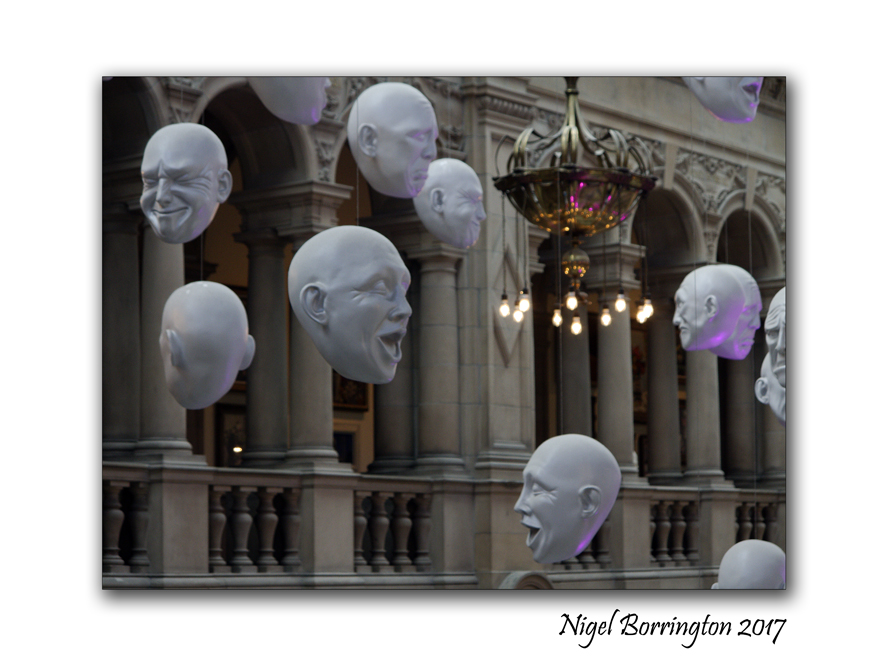
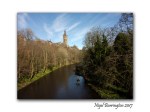



The places I remember, all my life ……
Altrincham, Greater Manchester, UK
Digital art work
I spent the early years of my life growing up in Altrincham in the greater Manchester area of northwest England. It was in these years, between the 1970’s and the late 1980’s that marked the end of the industrial age for the town.
This period left much of our local area with factories that became redundant and closed, some locations included empty land where factories once stood, a lot of these locations existed beside the Bridgewater canal.
I am currently working on a visual art project that is calling on my memories of these locations, working both digitally and with charcoal on paper, creating some compositions that reflect on this period of my life, places from my childhood. I am in my 50’s so this is not easy at times but I feel its a great exercise in visual storytelling…
Share this:
April 28, 2021 | Categories: art work, charcoal, Comment, Digital art work, Digital art work, drawings, Forgotten places, History, manchester, Solo images, Story telling gallery | Tags: Altrincham, charcoal, digital art, drawing, History, Industrial landsacpes, Industry, manchester, mypaint, Nigel Borrington, wacom | 1 Comment